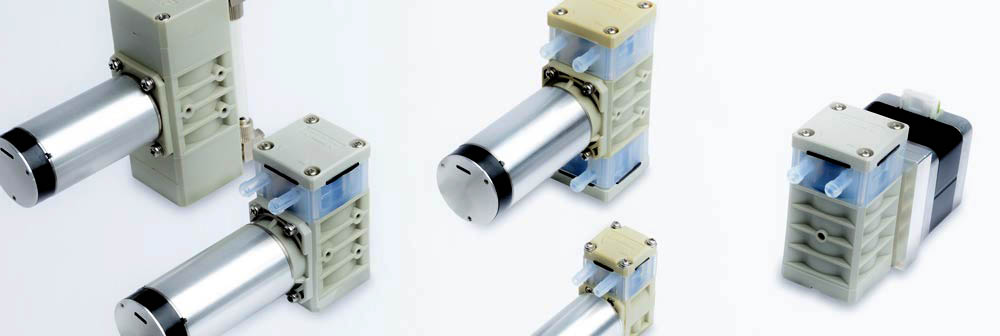The Story of Motor - Rule, principle and history -
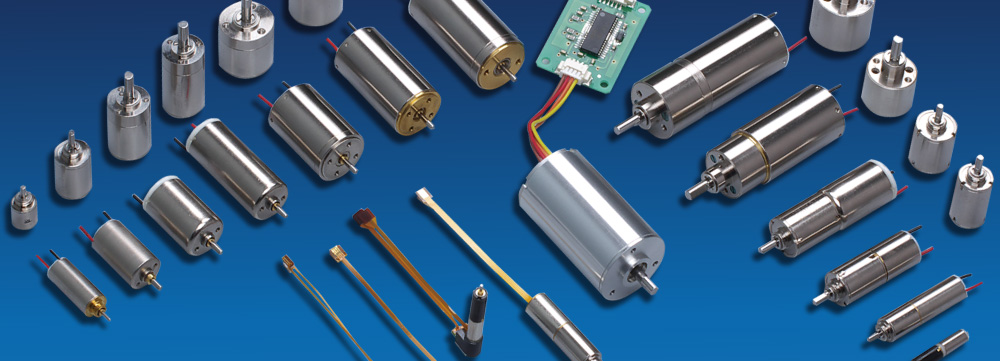
Since 1973, Orbray have been focusing on small motors and manufacturing coreless motors. We would like to introduce a little about motors.
Table of contents [close]
What is Motor?
Motor is an electro-mechanical device that converts electric energy to kinetic energy.

Fleming’s Left-hand Rule
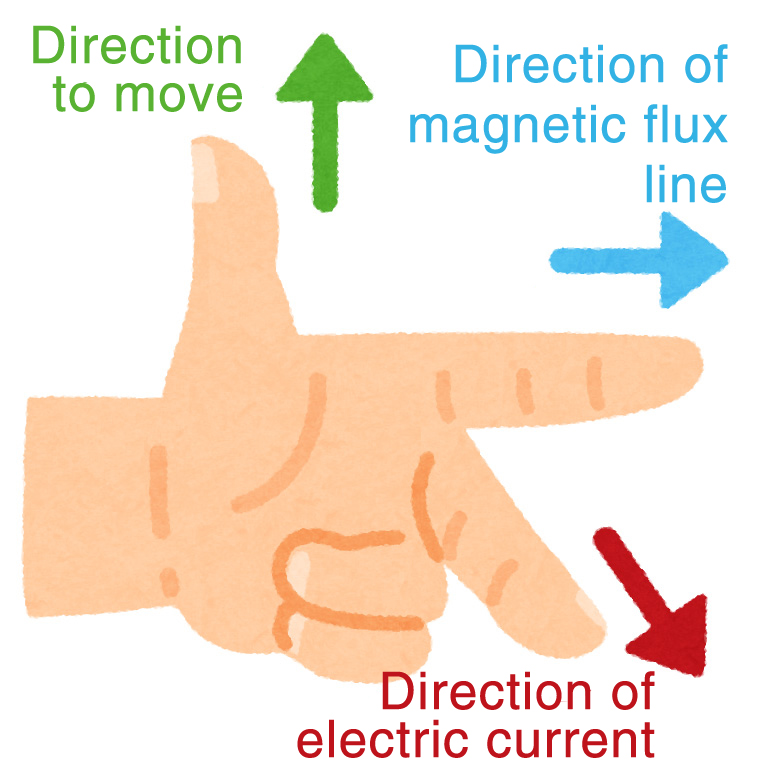
When coil and magnet are positioned quite near, movement in one of them generates electricity in coil. And applying current into coil in the magnetic field generates force. When magnet line is in the direction of the forefinger, a force is generated to the direction of thumb by the current applied to the direction of the middle finger. This called “Fleming’s left-hand rule”.
Coreless Motor Rotation Principle

History of Practicalization of Motors
1820 >>>
Hans Christian Ørsted (1777~1851) demonstrated at open experiments that an electric current had magnetic action. Set a rotatable magnetic needle near a wire that receives an electric charge. Applying electric current turned magnetic needle, and changing direction of electric current reverses needle’s turn. This electromagnetism led to later Arago’s disc, Biot-Savart law, Ampère's circuital law and Faraday's law of induction.
1821 >>>
Michael Faraday (1791~1867) invented the first electromotor called Faraday’s motor. A bar magnet set in mercury, when a wire freely movable is placed and energized the wire started rotating around the magnet.
François Jean Dominique Arago (1786~1853) discovered Arago’s disc. Discovery is a magnetic needle set above a cupper disc reacts to swing when the disc rotates.
1831 >>>
Faraday discovered Faraday’s law of induction, Electromagnetic induction is current generation when magnetic field changes in coil.
1832~1834 >>>
Rotary motor (DC motor) was invented by William Sturgeon (1783~1850) in 1832, Moritz von Jacobi (1801~1874) in 1834 and Thomas Davenport (1802~1851) in 1834 (patented 1837). Neither of them could turn into practical use because of needing battery for electric magnet.
References
Hiroshi Iwamoto: A History of Electrical Technology. Ohmsha, 2003
Shunkichi Kisaka: History of science and technology by age with a focus on electronics. NIKKAN KOGYO SHIMBUN,LTD., 2001
Yuzo Takahashi: A History of Electrical Engineering. Tokyo Denki University, 2011
Kinji Tanikoshi: SMALL MOTOR NIKKAN KOGYO SHIMBUN,LTD., 1999
Naokawa Kazuya: History of Science and Technology-Development of Electrical and Electronic Technology. Tokyo Denki University, 1998
-
The World’s Smallest Hollow Shaft Motor
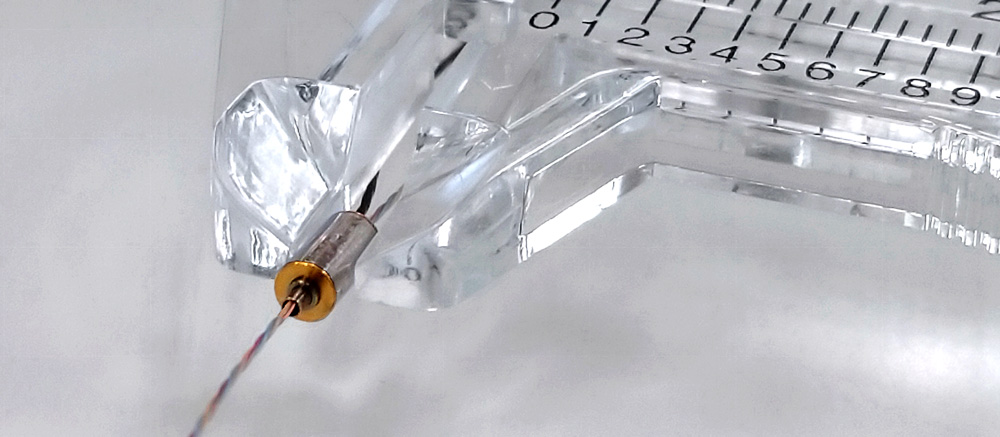
-
Micro Mechanism
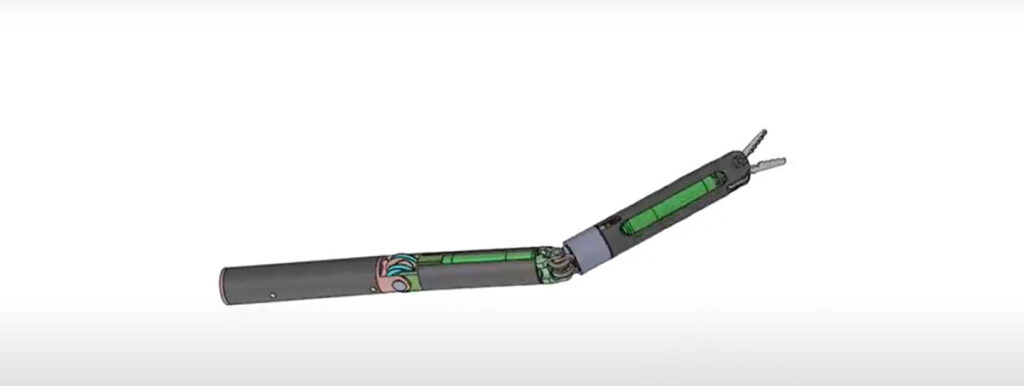
-
Servo-drivers: How they are made and how they are used
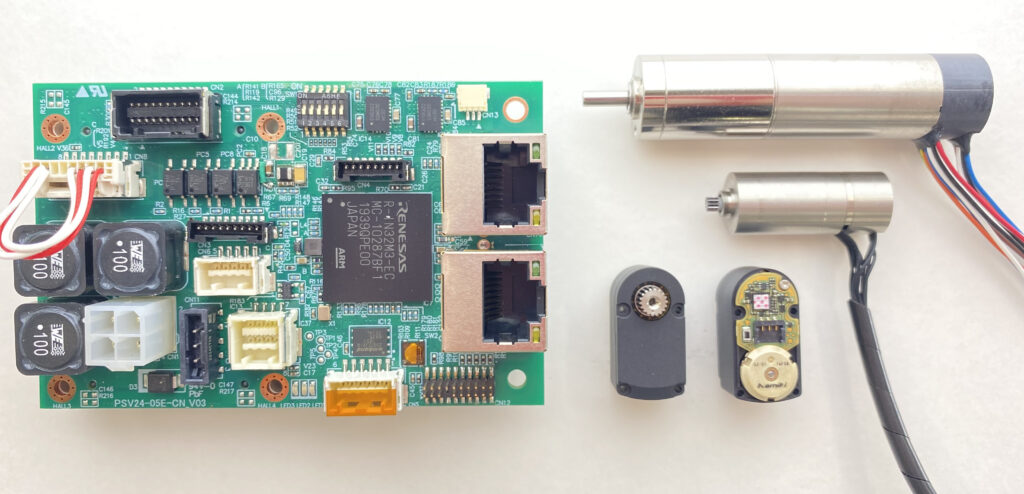
-
What is a collaborative robot? An introduction to the functions and performance of collaborative robots
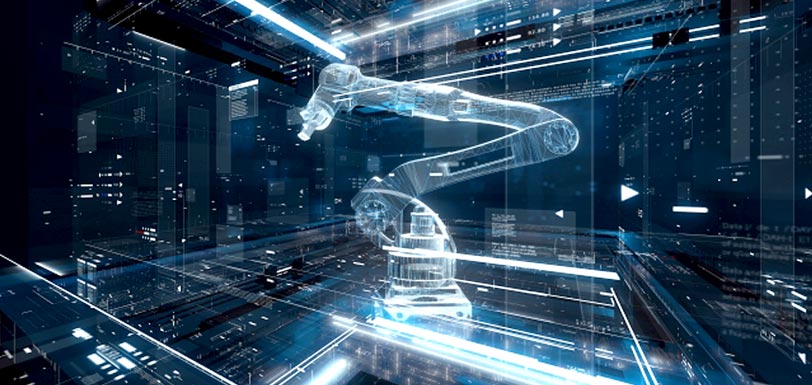
-
Brushless motor vs brushed motor: The features of the Orbray brushless motor.

-
Classification, features, and applications of pumps
